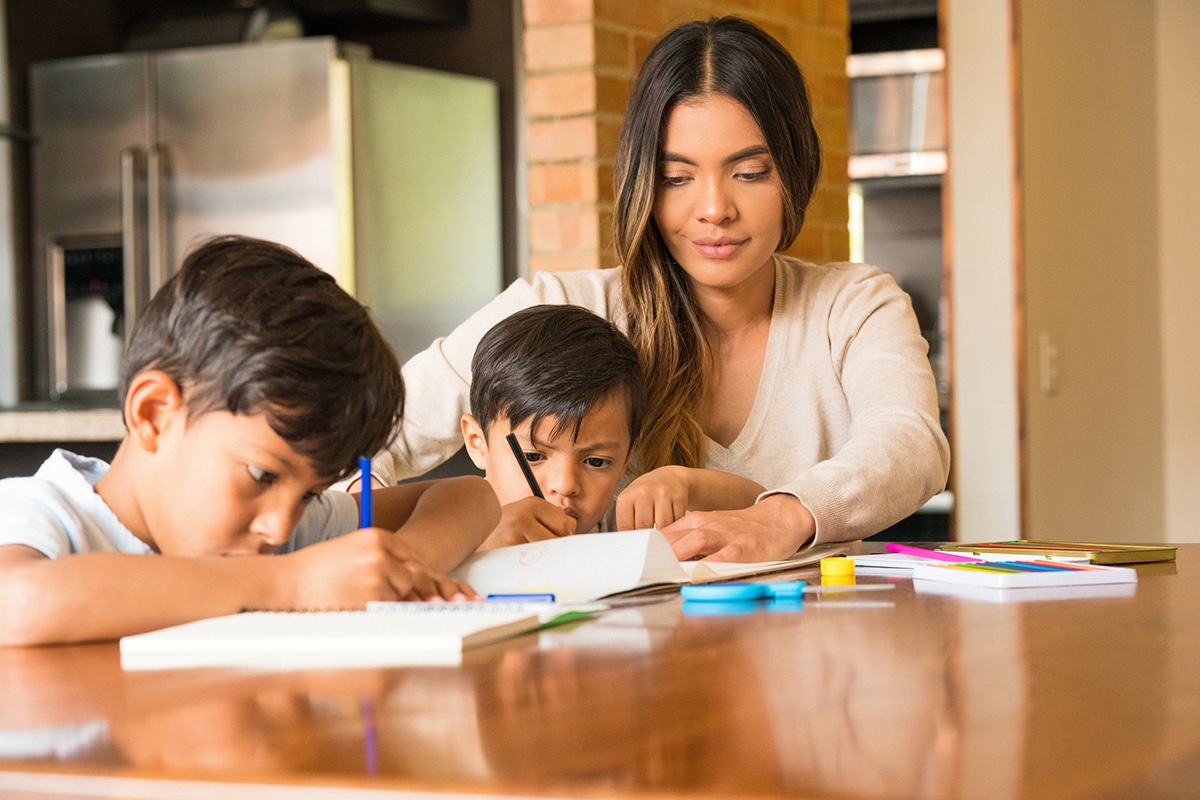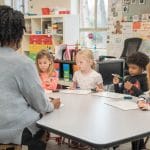Every teacher works hard to establish a classroom environment that’s conducive to helping all students learn most effectively. As this is easier said than done, educators must plan and teach intentionally to ensure that students with learning differences feel comfortable in the classroom. Whether you are a teacher learning how to help students with dyslexia or are a parent wondering how to help a child with dyslexia at home, ReadSource is here to provide information on some of the best teaching strategies for students with dyslexia.
Using a Structured Literacy Approach
From phonology and the sound-symbol association to syllable instruction and morphology, certain topics can be challenging for dyslexic students to learn without additional, targeted support from well-trained teachers or tutors. While several effective teaching strategies exist, the International Dyslexia Association recommends a structured literacy approach for educators who are teaching children with dyslexia. This specific approach includes several topics that are particularly important for dyslexic learners to master.
Teaching principles that follow a structured literacy approach are recommended for all lessons. More specifically, teachers who utilize a structured literacy approach ensure all teaching is systematic and cumulative, which means dyslexic students can depend on the materials being presented in a logical order from the most basic concepts to more difficult ideas. By allowing students to master subjects and gradually build upon the skills they learn, teachers promote confidence in students’ abilities to learn new topics. Additionally, a structured literacy approach consists of explicit instruction where teachers continually interact with students and ensure all educational concepts are delivered clearly and attainably. Finally, these specific instructional best practices encourage educators to engage in diagnostic teaching, which involves continuously adapting lessons to meet the unique needs of each student.
Creating an Inclusive Classroom
Whether teaching a small group of dyslexic students or in a larger general education classroom, creating an inclusive classroom promotes a healthier, safer learning environment for all students. Certain elements of inclusive classrooms, such as sticking to reliable routines and following clear schedules, are helpful for all students. Multisensory lessons and assistive teaching technologies can also be helpful for many students, but these accommodations can play a critical role in dyslexic students finding success in the classroom. These accommodations and specific teaching strategies for students with dyslexia are crucial in ensuring they receive adequate time and resources to learn effectively. Giving dyslexic students time to process information at their own pace is one of the most helpful elements of an inclusive classroom, as every dyslexic student masters reading and language skills on a different timeline. Additionally, not forcing students to read aloud is another critical component of establishing an inclusive classroom. Children with dyslexia may be self-conscious about their ability to successfully read aloud in front of a class, and many everyday classroom activities, such as popcorn reading, can cause unnecessary stress.
Tips for Accommodations in the Classroom
An inclusive classroom is a critical component in helping children with dyslexia, but teachers can also introduce a variety of classroom accommodations that encourage dyslexic students to feel involved in their education.
For example, simplifying written directions, highlighting essential information, providing additional practice activities, blocking out unnecessary stimuli, and using applicable assistive technology can help make students with learning differences more comfortable in the classroom. Additionally, incorporating teaching strategies for dyslexia, such as repeating directions, maintaining consistent daily routines, using step-by-step instructions, and combining verbal and visual information, help students better understand lessons. Finally, altering the teaching approach within a classroom to promote individual student performance can benefit all learners. From placing students close to the teacher so they can easily ask questions to offering assignment substitutions or adjustments, slightly adapting the learning environment can help promote positive learning experiences for students.
These teaching strategies and dyslexia teaching resources will lessen the impact dyslexia can have on students in a classroom by giving educators the tools they need to best equip themselves and their classrooms to help students with learning differences.
How ReadSource Can Help
Launched in partnership with The Schenck School, ReadSource was created to share essential information and dyslexia resources with teachers, parents, and individuals across the country. We offer training, educational opportunities, and community outreach programs that promote increased awareness and understanding for students with learning differences. Parents, teachers, and tutors can depend on ReadSource to find helpful information as they work to empower dyslexic learners in their communities. Learn more about our mission, join us at a community event or conference, sign up for an educational opportunity, or donate to ReadSource today.








Leave a Reply